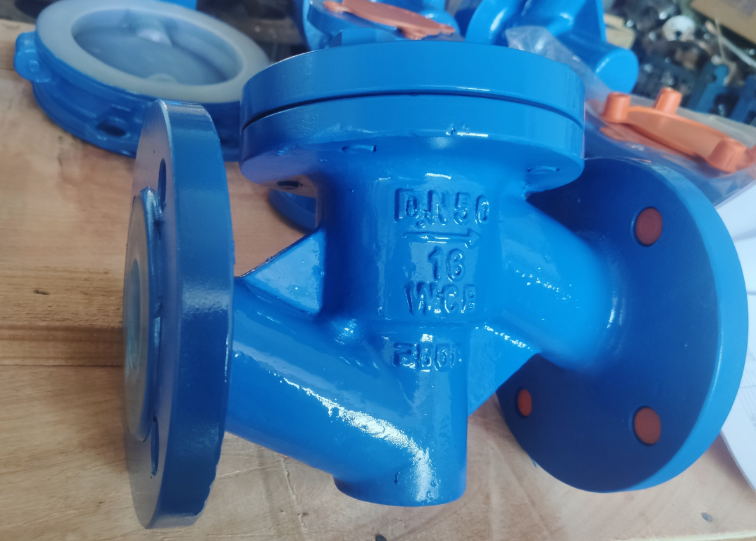Exploring the Benefits and Applications of Threaded Pipe Fittings in Plumbing Systems
Understanding Threaded Pipe Fittings A Comprehensive Guide
Threaded pipe fittings are essential components in various plumbing and piping applications, providing connections and transitions between pipes, valves, and other equipment. With their simple yet effective design, threaded fittings have become a standard in industrial, commercial, and residential settings. This article delves into the intricacies of threaded pipe fittings, discussing their types, advantages, and applications.
What Are Threaded Pipe Fittings?
Threaded pipe fittings are components that feature internal or external threads, allowing them to connect to pipes or other fittings with matching threads. The threading provides a mechanical fastening that can create a tight seal, preventing leaks and ensuring the efficient flow of liquids or gases. These fittings are typically made from various materials, including steel, brass, PVC, and stainless steel, making them versatile for different applications.
Types of Threaded Pipe Fittings
There are several types of threaded pipe fittings, each designed for specific purposes
1. Elbows Used to change the direction of the piping system, elbows come in various angles, including 90-degree and 45-degree fittings.
2. Tees Shaped like the letter “T,” these fittings allow for branching off to another line at a right angle.
3. Couplings These fittings connect two pipes of the same diameter, allowing for continuous flow.
4. Adapters Used to connect pipes of different sizes or types, adapters help transition between different fittings or pipe materials.
5. Caps & Plugs Caps cover the end of a pipe, while plugs seal off an open end. Both are crucial for maintenance and safety.
Advantages of Threaded Pipe Fittings
threaded pipe fittings

1. Ease of Installation One of the most significant advantages of threaded pipe fittings is their ease of installation. They do not require special tools or extensive training, making them accessible for both professionals and DIY enthusiasts.
2. Versatility Threaded fittings can be used with various types of pipes, including metals and plastics. This versatility allows for their use in multiple industries, from construction to automotive manufacturing.
3. Leak Prevention Properly installed threaded fittings provide a tight seal, minimizing the risk of leaks. This is particularly important in applications involving liquids and gases under pressure.
4. Disassembly and Repair Threaded fittings can be easily disassembled for repairs or maintenance, a crucial advantage in systems requiring frequent modifications or upgrades.
Applications of Threaded Pipe Fittings
Threaded pipe fittings are commonly utilized in numerous applications, indicating their importance in various fields
- Plumbing In residential and commercial plumbing, threaded fittings connect pipes for water supply, drainage, and heating systems.
- Oil and Gas In the oil and gas industry, threaded fittings are essential for safe and efficient transportation of fuel, gas, and other materials.
- Manufacturing Industries that rely on hydraulic and pneumatic systems also depend on threaded fittings for efficient operation.
- Irrigation In agriculture, threaded fittings are used in irrigation systems to link pipes and manage water flow.
Conclusion
Threaded pipe fittings play a vital role in the effective functioning of piping systems across various sectors. Their ease of installation, versatility, and reliability make them a popular choice among engineers, plumbers, and technicians. As advancements in manufacturing continue, the quality and options for threaded fittings are expected to improve, further enhancing their performance in all applications. Whether for a simple home plumbing project or a complex industrial system, understanding threaded pipe fittings is essential for achieving a robust and leak-free piping network.
-
The Key to Fluid Control: Exploring the Advantages of Ball Valves in Industrial SystemsNewsJul.09,2025
-
The Versatile World of 1, 2, and 3 Piece Ball ValvesNewsJul.09,2025
-
Stainless Steel Ball Valves: The Ideal Choice for Efficient Flow ControlNewsJul.09,2025
-
Optimizing Fluid Control with Ball Float ValvesNewsJul.09,2025
-
Manual Gate Valves: Essential for Control and EfficiencyNewsJul.09,2025
-
Everything You Need to Know About Butterfly ValvesNewsJul.09,2025
-
The Versatility of Wafer Type Butterfly ValvesNewsJul.08,2025




